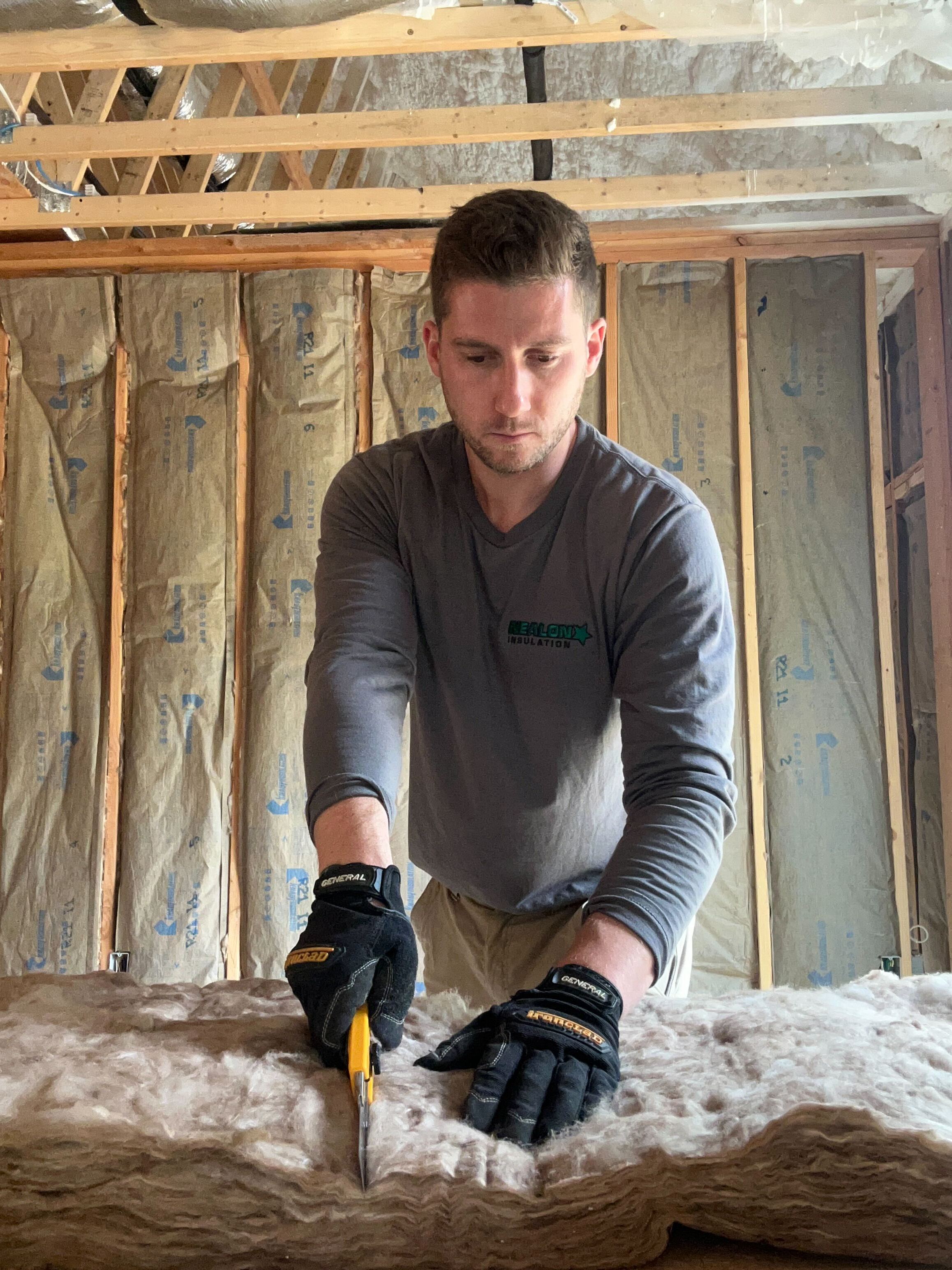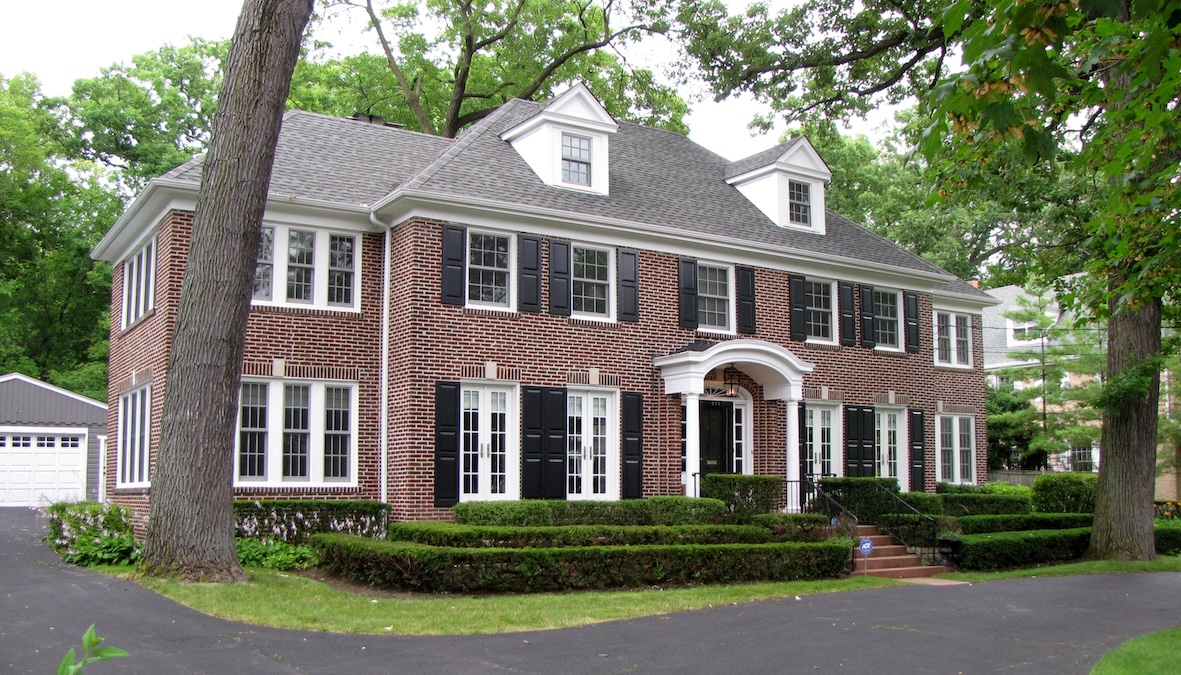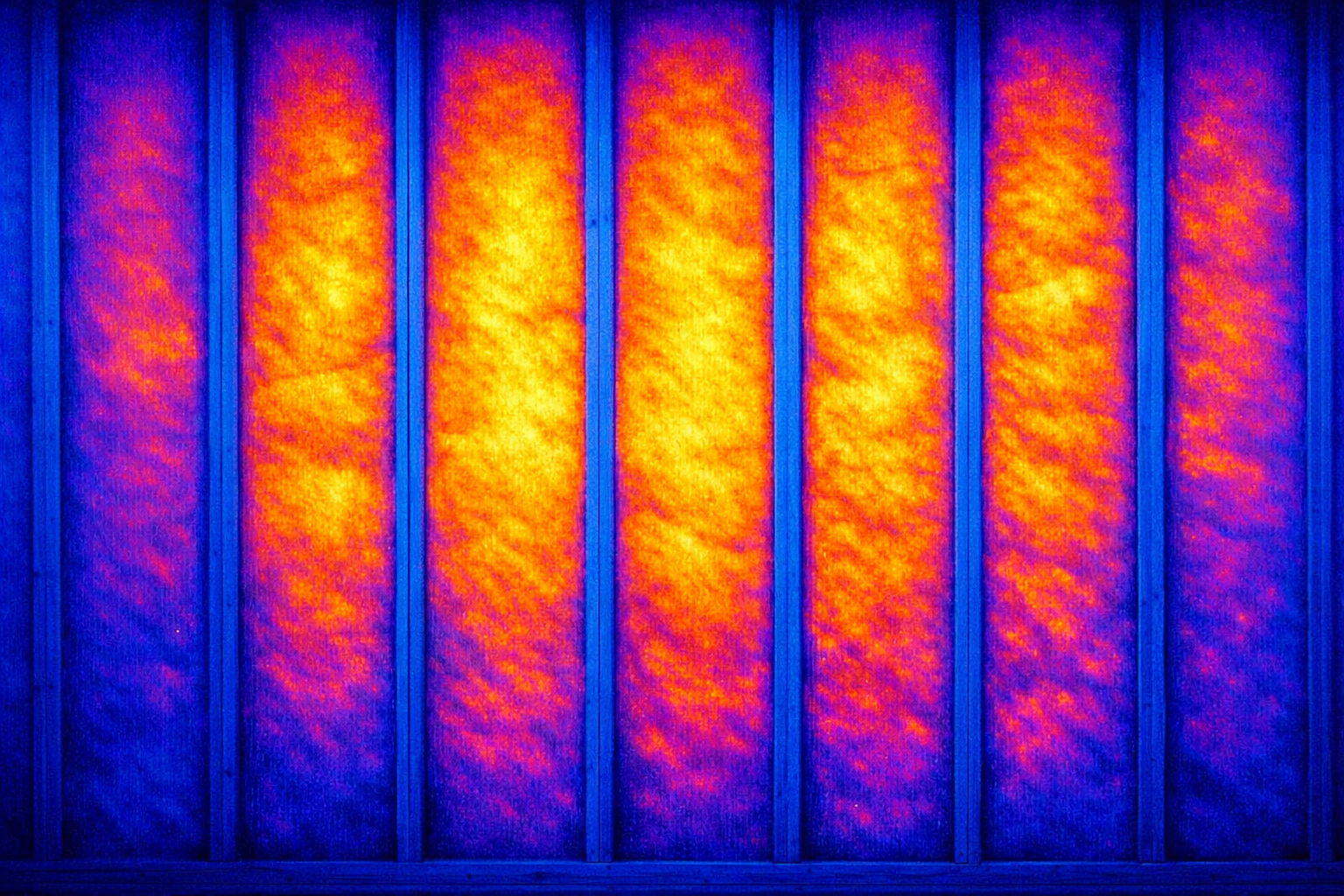Understanding Energy Code Compliance: Performance Path vs. Prescriptive Path

Look—if you’re building a house in Connecticut, you’ve got to meet energy code. That’s non-negotiable.
But here’s where it gets interesting: there are two different ways to hit those energy targets. One’s like painting by numbers. The other’s more like jazz. And which one you choose can either make your life easier—or way more expensive.
Let’s break it down like you’re on the job site with a coffee in hand.
Option 1: The Prescriptive Path (a.k.a. The Rule-Follower’s Route)
This one’s the “just check the boxes” approach. You follow a fixed set of rules—insulation R-values, window ratings, HVAC specs—and you don’t color outside the lines. No trade-offs. No modeling. Just do exactly what the book says.
What it looks like:
- Stick to the IECC’s list of requirements
- Use X inches of insulation in the attic, Y type of windows, Z HVAC efficiency
- No flexibility. Every component has to meet or exceed code
- It’s easy to inspect, and town officials love it because there’s nothing to calculate
When it works:
- Basic builds
- Tight budgets
- When you’re not doing anything fancy with design or layout
Downside?
You might end up spending more on materials than you need to. There's no room to make smart trade-offs.
Option 2: The Performance Path (a.k.a. The Smarter, Custom Route)
This is for folks who want flexibility without sacrificing performance. Instead of blindly following the checklist, you build an energy model of the home and prove it performs just as well—or better.
How it works:
- Bring in a HERS rater to model the home’s predicted energy use
- Play with trade-offs—like using a high-efficiency HVAC so you can ease up on insulation in certain spots
- Use real data (climate, design, materials) to show your plan meets the code
When it’s worth it:
- Custom homes
- Unique layouts or design goals
- You want to balance comfort, cost, and creativity
- You’re aiming for rebates or certifications (like Energy Star or Zero Energy Ready)
So How Does This Energy Modeling Thing Actually Work?
Let’s say you’re using the Performance Path. Here’s what goes into that energy model:
- Insulation types and thicknesses
- Window and door specs
- HVAC system efficiency
- Air sealing and ventilation
- Any renewables (solar, heat pumps, etc.)
- Actual Connecticut weather data
Two ways to slice it:
- Envelope Trade-Off Method – Over-insulate one area, ease up in another
- Whole-House Performance Method – Balance everything across the board: insulation, HVAC, lighting, etc.
Either way, you prove the home performs at—or above—the IECC baseline. Boom. You’re compliant, but without the handcuffs.
Energy Points: How You Earn ’Em
Both paths let you rack up energy efficiency “points,” but they score it differently:
Performance Path:
- Points for total projected energy savings vs. baseline
- Big picture thinking
Prescriptive Path:
- Points for specific upgrades—better HVAC, more insulation, tighter ducts, etc.
- Checkbox system
Same goes for water efficiency:
- Performance Path: Modeled using the Water Rating Index (WRI)
- Prescriptive Path: Earn points for low-flow fixtures, smart irrigation, efficient appliances
Why Most Pros Are Moving Toward the Performance Path
Let’s be real: it takes more planning up front, but the Performance Path gives you more control, more efficiency, and often more savings. Here’s why builders are going that route:
- 💰 Cost-effective: Use money where it matters—don’t overspend where you don’t need to
- 📐 Design freedom: Build what you want, not just what the code says
- 🏡 Real-world comfort: Better air sealing, better performance, lower bills
- 📉 Long-term payoff: Homeowners get comfort and efficiency for years
Some towns in CT are even nudging builders toward Performance-only compliance because they know it works better. It’s where the industry is heading.
Common FAQ's about Energy Code Compliance
Do I have to pick my compliance path before construction starts?
Yes, you should choose your energy code compliance path—Prescriptive or Performance—before construction begins. This decision affects insulation levels, HVAC design, and material choices. Picking a path early helps avoid costly changes later and ensures your project qualifies for energy code approval without delays or compromises.
Will town inspectors accept the Performance Path, or is it harder to get approved?
Yes, town inspectors in Connecticut will accept the Performance Path if it’s properly documented. A certified HERS rater handles the modeling and paperwork to meet code. Most towns are familiar with this approach, and some even prefer it because it demonstrates actual energy performance rather than just meeting minimum specs.
Is the Performance Path more expensive?
The Performance Path may cost more upfront due to modeling and rater fees, but it often lowers overall project costs by allowing trade-offs—like using less insulation in some areas. It can also qualify you for rebates and leads to long-term savings through reduced energy bills and improved comfort.
What happens if the energy model doesn’t pass?
If the energy model doesn’t pass, it's not a deal-breaker. Your HERS rater and builder will adjust details—like insulation levels, window specs, or air sealing—until the home meets code. It’s an iterative process, giving you control and flexibility to make the model work without starting over.
Does the Performance Path help resale value?
Yes, the Performance Path can help resale value. A lower HERS score signals energy efficiency, which attracts buyers seeking lower utility bills and comfort. It also supports green certifications that boost appraisal value and make homes more marketable—especially in energy-conscious regions like Connecticut.
Nealon Insulation: We Help You Nail This
Whether you’re building custom or cookie-cutter, Nealon Insulation knows how to make sure your insulation plan works—and passes inspection.
Here’s what we bring to the table:
✅ Energy code expertise (we’ve been at this since 1977)
✅ Blown-in cellulose insulation that crushes fiberglass in performance
✅ HERS rater partnerships if you want to go the performance route
✅ Guidance on EnergizeCT rebates and how to qualify
Let’s get your project dialed in—no guesswork, no headaches, no missed inspections.
👉 Give us a call. We’ll walk you through which path makes sense for your build—and how to make it airtight from day one.
Related Articles
Let's Work Together
Ready to transform your home into an energy-efficient haven? Schedule your free energy assessment today and experience the Nealon difference for yourself.



